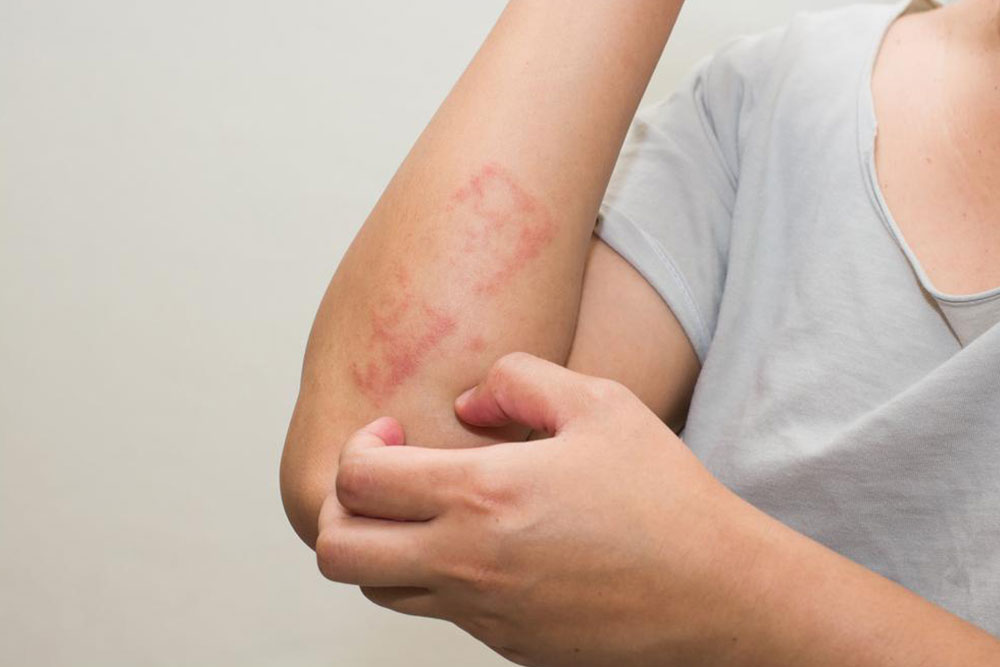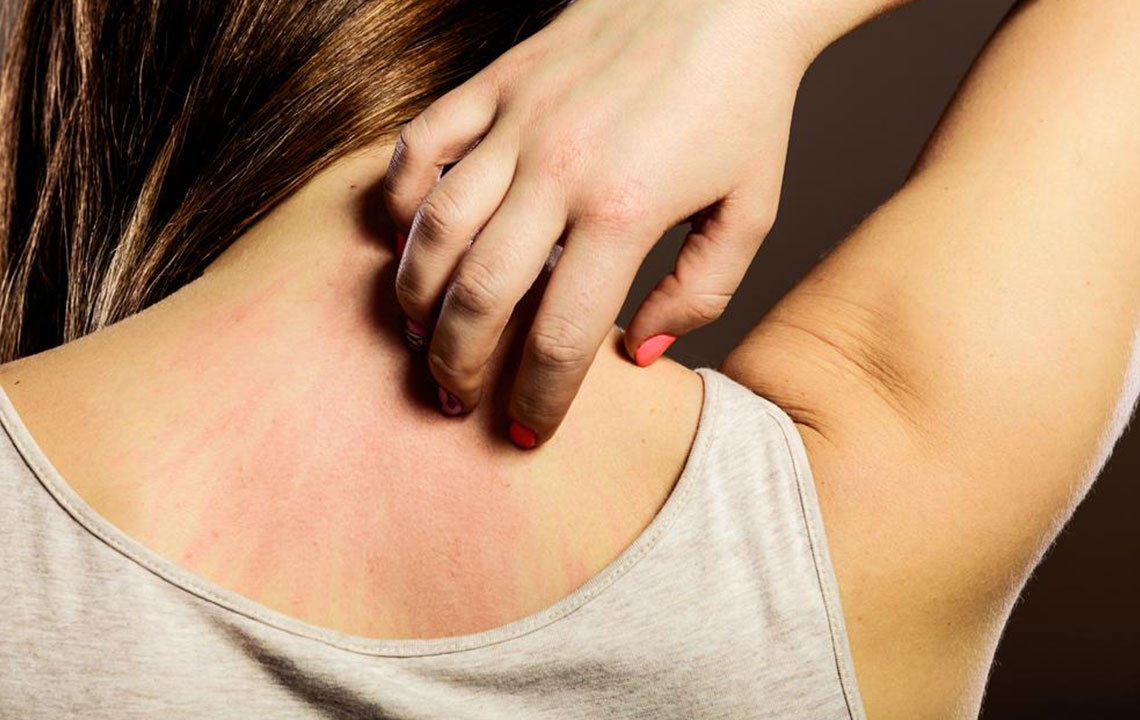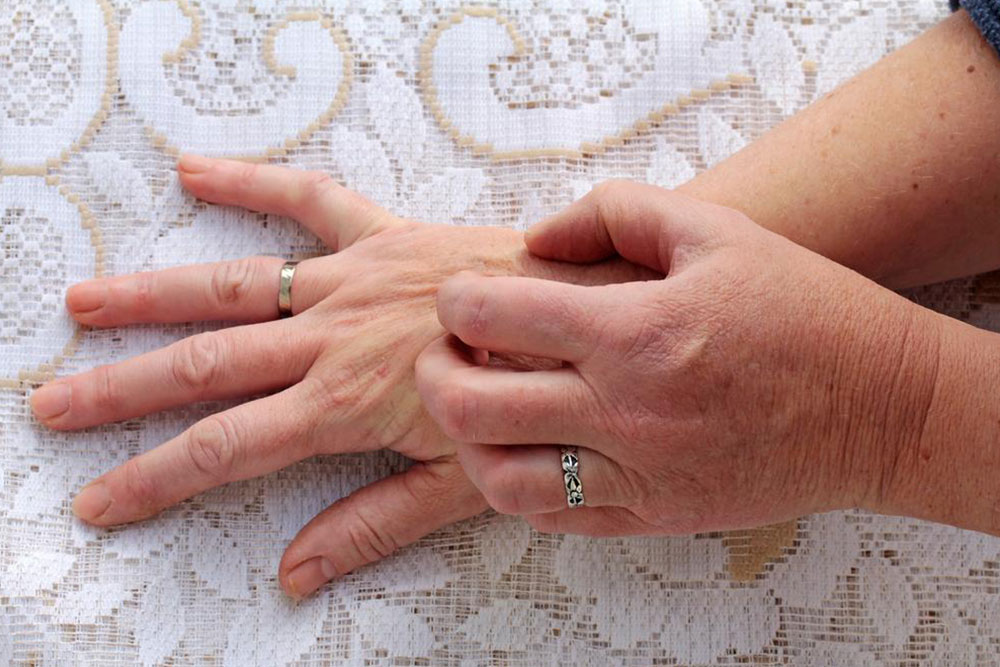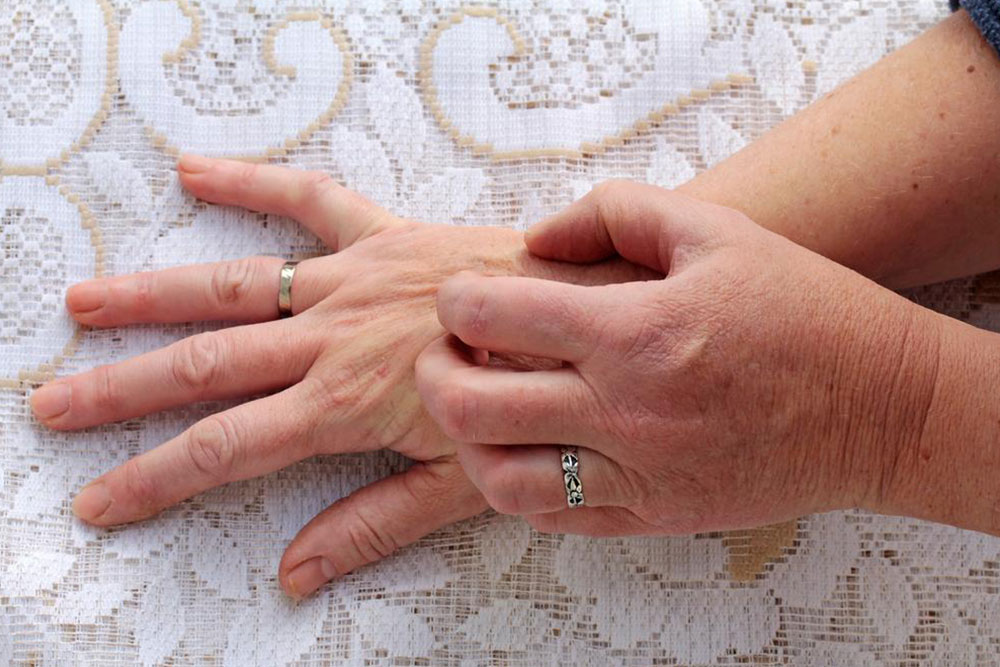Signs and Remedies for Bedbug Bites
Learn how to identify common bedbug bites and explore effective treatments to relieve itching and discomfort. This guide covers appearance, symptoms, and remedies to help you manage bedbug bites quickly and safely, ensuring your well-being and hygiene.
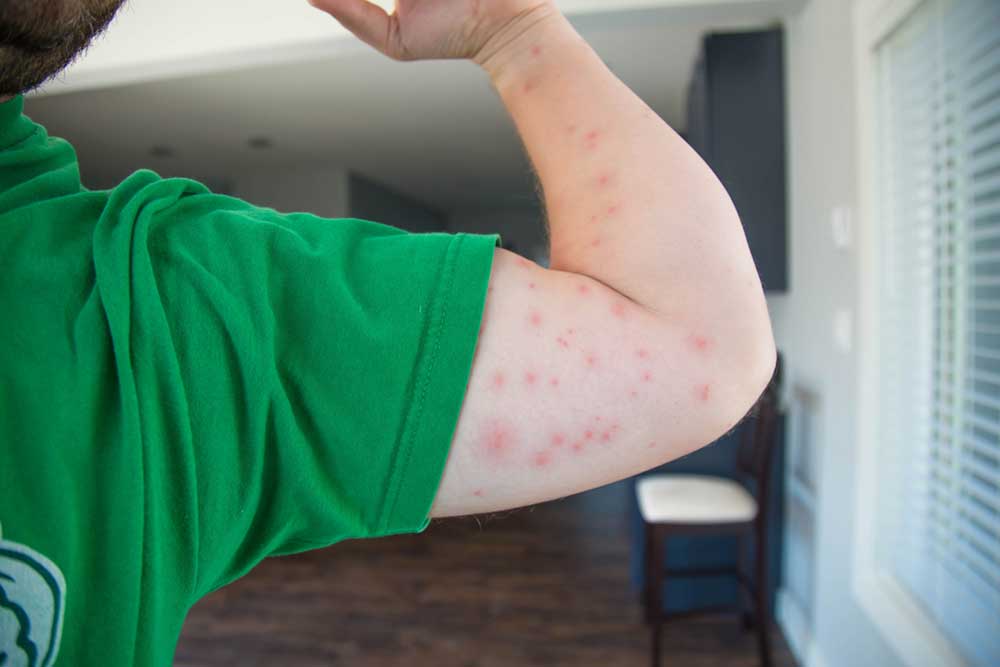
Signs and Remedies for Bedbug Bites
Bedbugs are a widespread issue found in hotels and other lodging environments. These tiny parasites feed on human blood, hiding primarily in mattresses and bedding. When you lie down, they can bite exposed skin areas such as the neck, face, legs, or back, resulting in skin irritations, rashes, and discomfort. Beyond hygiene concerns, bedbug bites are capable of transmitting infections. Curious about how to recognize and treat these bites? Here are some essential details.
Bedbug bites can occur anywhere exposed when resting. Typically, they target areas like the neck, face, legs, or back, but can also hide in sleepwear. To identify bedbug bites, look for bumps that appear red, itchy, and swollen, often with a dark center and light surrounding ring. These bites may form in lines or clusters. Symptoms also include burning, itching, or blistering. In some cases, more severe reactions like breathing difficulties or swollen tongues may occur.
How do you treat bedbug bites? If you suspect a bite, it’s advisable to seek relief promptly. Using over-the-counter remedies such as hydrocortisone cream or calamine lotion can help alleviate itching and swelling. Consulting a healthcare professional is recommended if symptoms worsen or if allergic reactions develop.
Note:
Our blog provides broad informational content across various topics. While our research offers valuable insights, it shouldn’t replace professional medical advice. We disclaim responsibility for discrepancies or missing details. Always consult healthcare providers for personalized treatment or diagnosis.

